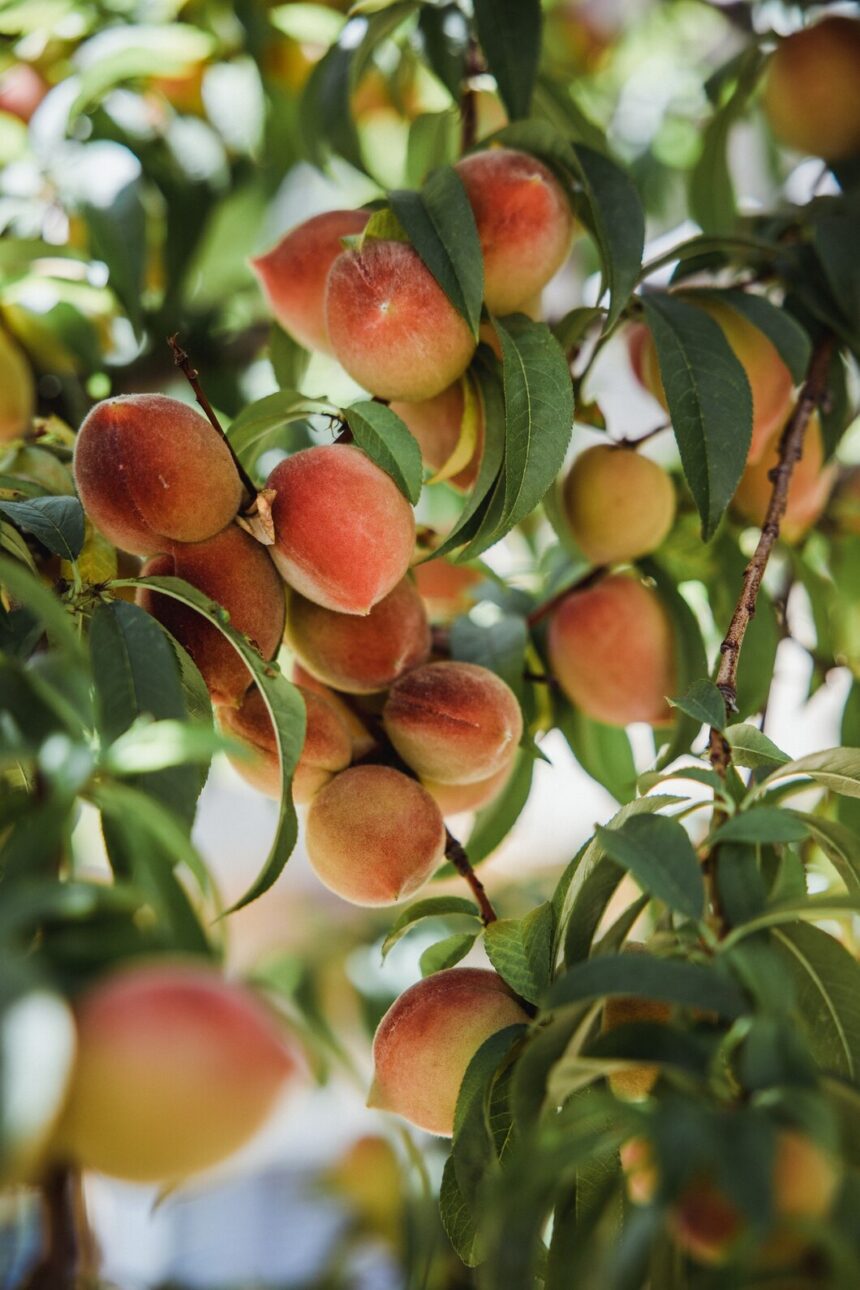Peach leaf curl, caused by the fungus Taphrina deformans, is a common disease that affects peach and nectarine trees. Recognizing the early signs of this disease is crucial for effective management and prevention of its spread. Here are ten early indicators to watch out for:
- Distorted Leaves: One of the earliest signs of peach leaf curl is the distortion of leaves. Infected leaves may appear puckered, twisted, or curled, especially along the edges.
- Reddish Patches: Infected leaves often develop reddish or purplish patches, particularly on the upper surface. These patches may gradually spread as the disease progresses.
- Abnormal Leaf Growth: Peach leaf curl can cause abnormal growth of leaves, including the development of thickened, crinkled, or blistered areas.
- Premature Leaf Drop: Infected trees may experience premature leaf drop, with affected leaves falling off earlier than usual. This can weaken the tree and impact its overall health.
- Stunted Shoot Growth: In addition to affecting leaves, peach leaf curl can inhibit the growth of new shoots. Infected shoots may appear stunted or distorted compared to healthy ones.
- Bud Swelling: As peach leaf curl progresses, infected buds may swell and become distorted. This swelling is often accompanied by a reddish or pinkish coloration.
- Powdery Coating: Infected leaves may develop a powdery coating of fungal spores on the surface, especially during periods of high humidity. This powdery substance is a characteristic symptom of many fungal diseases, including peach leaf curl.
- Twig Dieback: Severe cases of peach leaf curl can lead to twig dieback, where the tips of branches become discolored, wilted, and eventually die. This can result in significant damage to the tree’s structure.
- Fruit Deformities: In addition to affecting leaves and shoots, peach leaf curl can also cause deformities in developing fruit. Infected fruits may be smaller in size, misshapen, or exhibit abnormal coloration.
- Reduced Yield: Ultimately, peach leaf curl can significantly reduce the yield and quality of fruit produced by infected trees. The weakened condition of the tree, combined with leaf and shoot damage, can impact fruit development and overall productivity.
Early detection of peach leaf curl is essential for implementing appropriate control measures, such as fungicidal sprays and cultural practices. Proper sanitation, including the removal and disposal of infected plant material, can also help prevent the spread of the disease to healthy trees.
In conclusion, being able to recognize the early signs of peach leaf curl is crucial for effectively managing this common disease and preserving the health and productivity of peach and nectarine trees. By monitoring for symptoms and taking prompt action, growers can minimize the impact of peach leaf curl on their orchards and ensure a bountiful harvest of delicious, healthy fruit.
Join 'Farmers Mag' WhatsApp Channel
Get the latest Farming news and tips delivered straight to your WhatsApp
CLICK HERE TO JOIN






